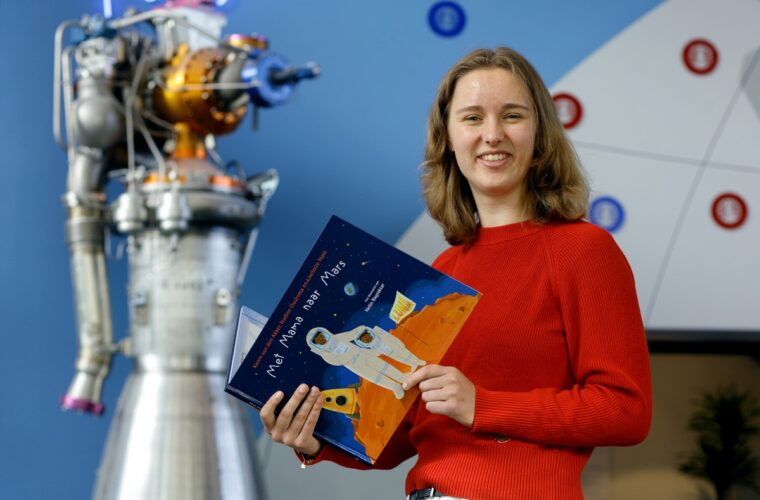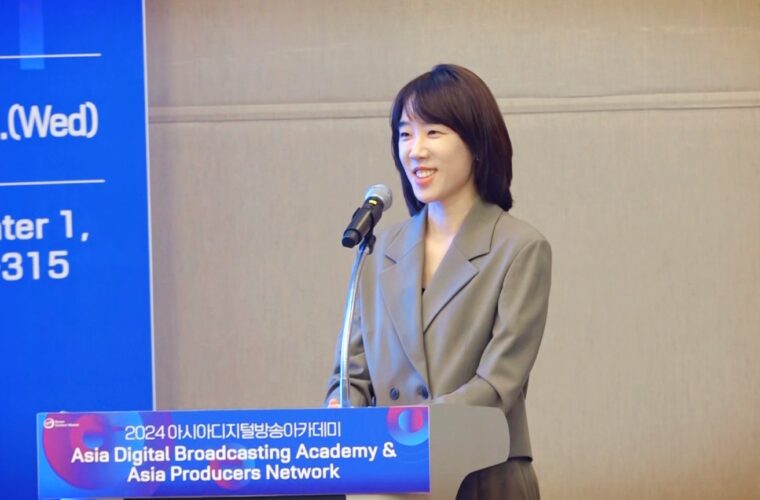Place of residence: Hannover, Germany
Position: Co-founder at WeatherX, Research Atmospheric Scientist, and Graduate Student in the Solar Radiation and Remote Sensing Research Group at the Institute of Meteorology and Climatology.
Please describe a day in your life:
My day typically begins with nature walks in my area, helping me clear my mind and energize for the day. Afterwards, I check emails, glance at social media accounts such as X(Twitter) and LinkedIn, and latest updates of weather forecasting maps.
I balance academic research with managing my startup and collaborating on innovative solutions in remote sensing, satellite technologies, and weather forecasting. I also attend fairs and symposiums on climate technologies and weather intelligence for insights and networking. On some days, I enjoy swimming, visiting art galleries, and attending concerts, especially performances by local bands.
How many projects are you currently working on? Please describe them:
For the time being, I am working on three major projects:
Developing a weather forecasting tool and API at WeatherX to provide long-term predictions and real-time alerts for extreme weather events. Researching remote sensing technologies for my master’s thesis as part of the “Cloud 3D Structure and Radiation” project to improve cloud modelling in climate systems. Offering consultancy to weather-sensitive industries like renewables, agriculture, and maritime to help them adapt to adverse weather and strengthen resilience.
In your opinion, who is the most influential person/company in the world of technology these days?
Many influential figures are shaping technology today. Elon Musk’s Starlink satellites and SpaceX explorations push the boundaries of space travel and global connectivity. Larry Page and Sergey Brin have revolutionized geospatial data with tools like Google Earth Engine and Google Maps, impacting fields like weather forecasting and urban planning.
However, Jensen Huang, CEO of NVIDIA, stands out as having a more profound influence these days. Under his leadership, NVIDIA has revolutionized GPU technology, advancing AI, machine learning, and high-performance computing. Their GPUs are essential for numerical weather prediction models, improving simulations and the accuracy of climate forecasts.
If you could pick one app/product/project existing now that you wish you were involved in, what would it be?
If I had to choose one, I would definitely opt for satellite projects like the Meteosat Third Generation (MTG), conducted by EUMETSAT and ESA, which focuses on extreme weather events. It provides near real-time monitoring and early warnings for phenomena like thunderstorms, hailstorms, and lightning, which are invaluable for meteorology and disaster management, which are my research interests. Such efforts align with my passion for using technology to mitigate risks, and these organizations have always been among the places I dream of contributing to.
How do you see technology evolving in the next ten years?
With rapid digitalization advancing, IT will become increasingly predictive and integrated, driven by AI and IoT innovations. From climate forecasting to personalized healthcare, big data will power solutions that anticipate challenges before they arise. However, it’s not just about generating large amounts of data; the ability to interpret and make sense of it will be far more critical.
What would you like the industry to look like in ten years?
Well… I envision an industry where sustainable practices are non-negotiable, with technology bridging environmental responsibility and economic development.
Greater emphasis on the UN Sustainable Development Goals (SDGs) will drive advancements in climate action, clean energy, and sustainable cities. These efforts will redefine how we tackle global challenges, enhance renewable energy systems, reduce carbon emissions, and improve weather prediction models’ precision to create impactful, long-term solutions. That’s why AI and the climate sector are the fastest-growing and most promising industries in the next decade.
What are the three characteristics you have that make you successful in tech?
I approach complex topics with strong analytical thinking, using flowcharts to break down their logic and connections for effective problem-solving. I’m also known for making accurate first impressions, with friends praising my ability to understand and connect with people. Last but not least, I am passionate about continuous learning and staying updated on the latest advancements through MOOCs from renowned institutions.
What is the most challenging thing you had to deal with during your career?
It’s not a single event but rather an ongoing process that has spanned a significant period of time. Balancing the technical and managerial aspects of launching a startup while advancing academically has been my most challenging yet rewarding endeavour.
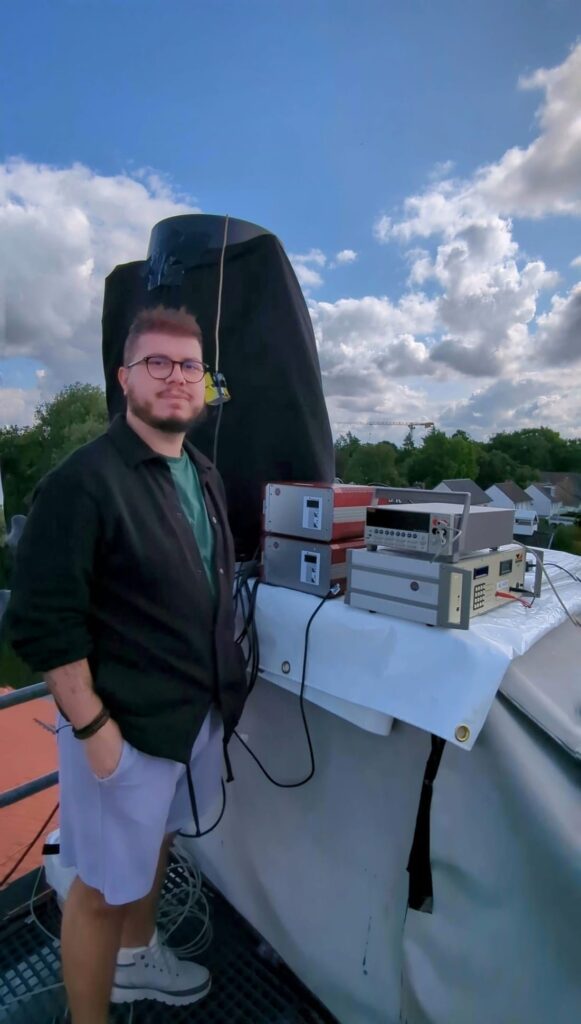
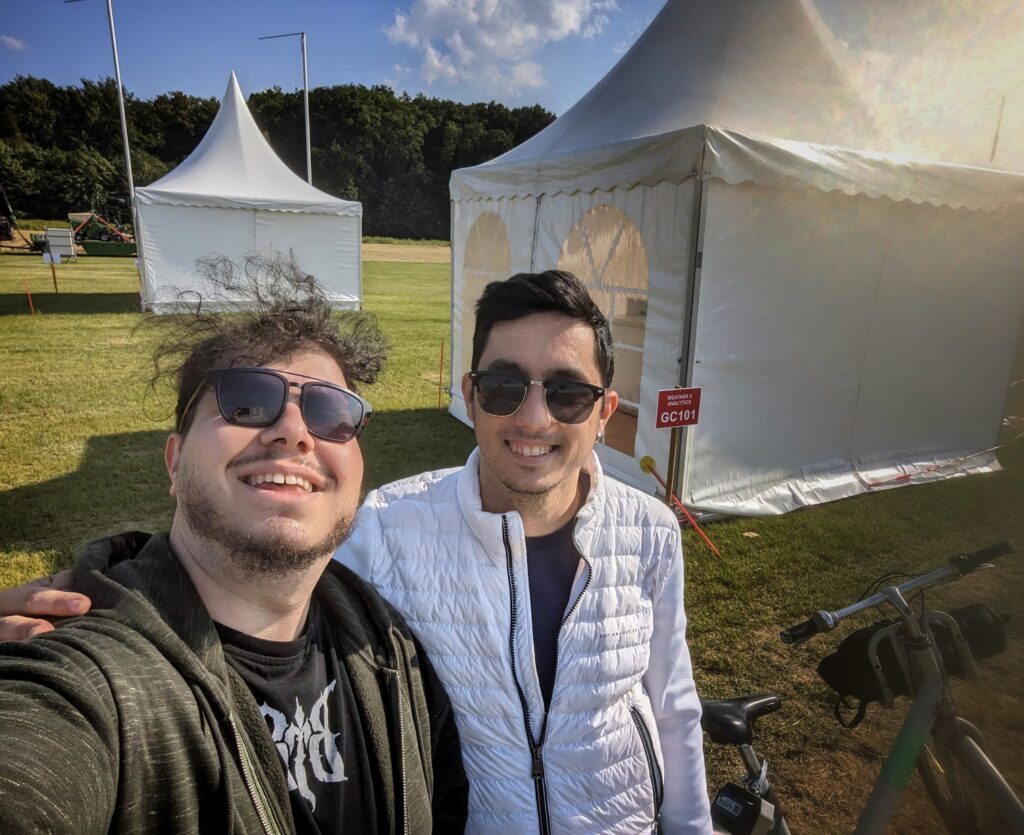
What is your greatest achievement up until today?
A few years ago, I developed an atmospheric index for tornado forecasting tailored explicitly to the Mediterranean area. This article, published in the journal Natural Hazards by Springer Nature, significantly contributes to advancing predictive meteorology and disaster risk management in the region. My greatest professional achievement has been adapting it into the WeatherX dashboard and expanding its vision from local operations to a global weather intelligence platform.
What is your next goal?
In the coming years, after further shaping my career, my main intention is to become an angel investor in startup accelerators. I look forward to meeting and supporting many young talents and helping them navigate their journeys and achieve their goals.
At some point, I also aim to step away from the hustle of technological advancements and dedicate more time to my passions for music, art, and creative pursuits. However, I am not sure if this is something I can achieve at this stage of my life.
What tips do you have for people wanting to start in the tech world?
Stay curious and open to learning, embrace failure as part of the process, focus on solving real-world problems, simplify before automating, and give marketing as much importance as the technology itself to ensure your product resonates with the right audience.
If you could say something to your younger self, what would it be?
Great things take time, but persistence will get you there. I would remind myself not to fall into analysis paralysis—overthinking only wastes time. Sometimes, taking action is more important than waiting for the perfect plan.
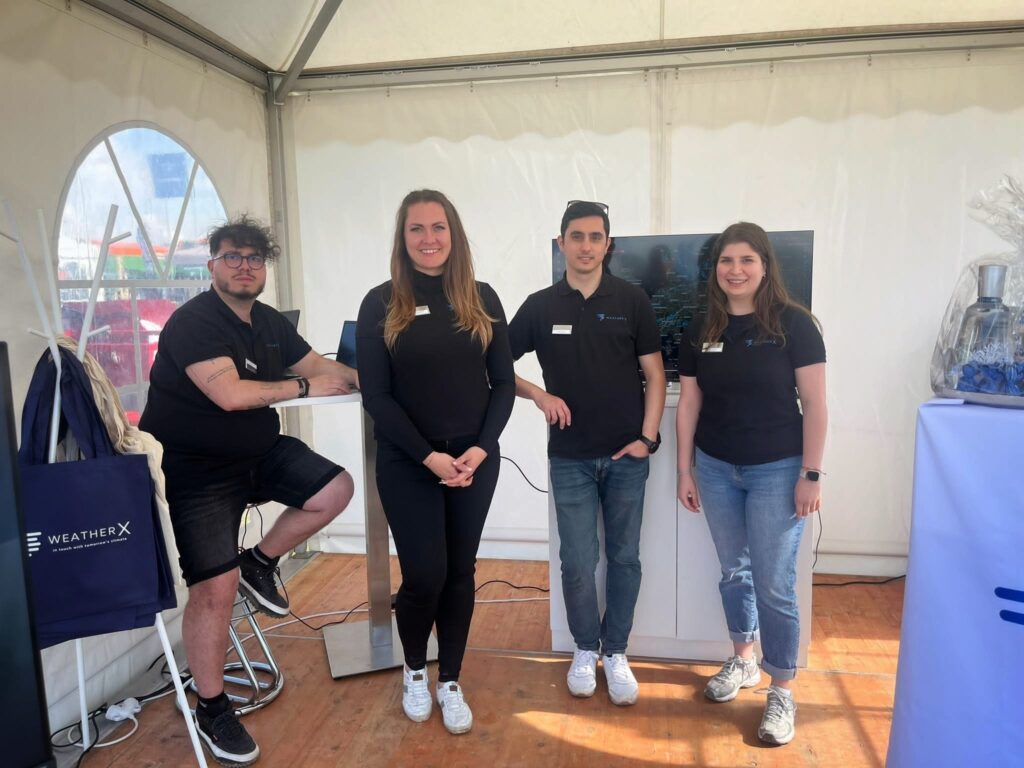
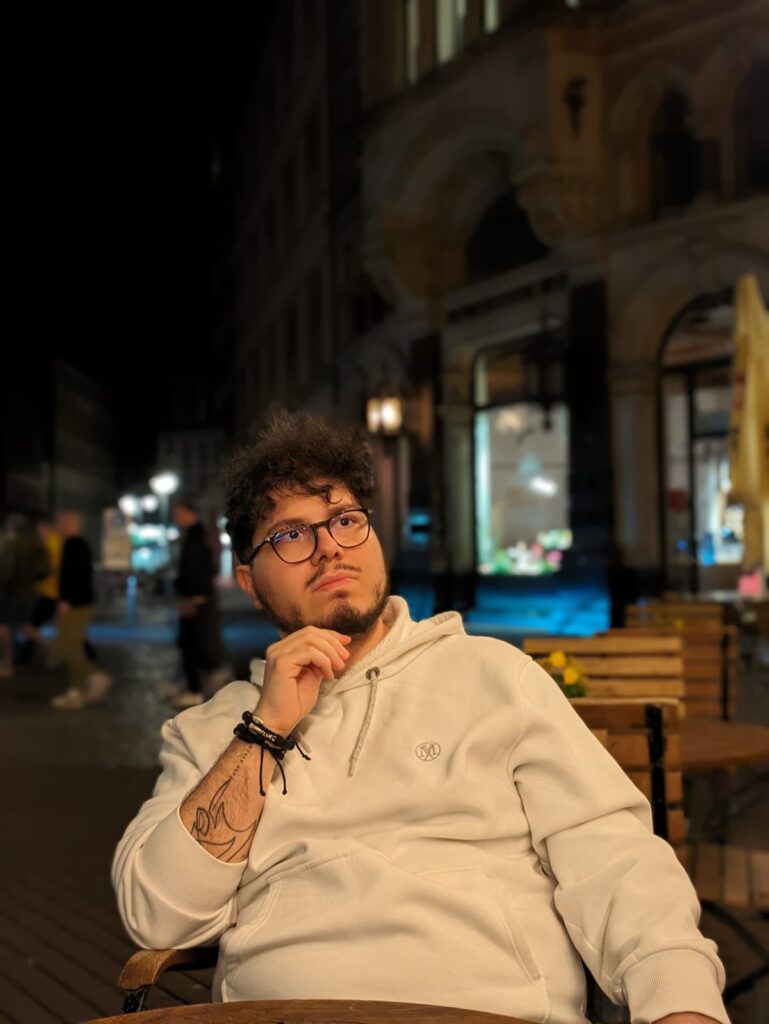
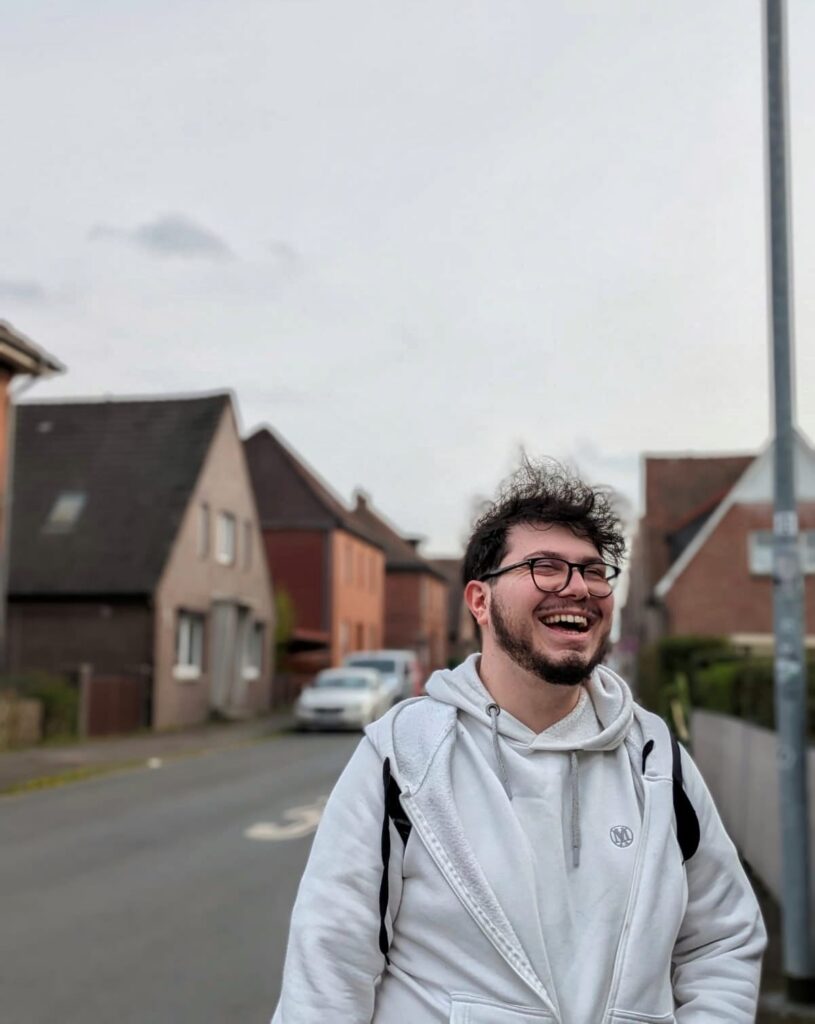
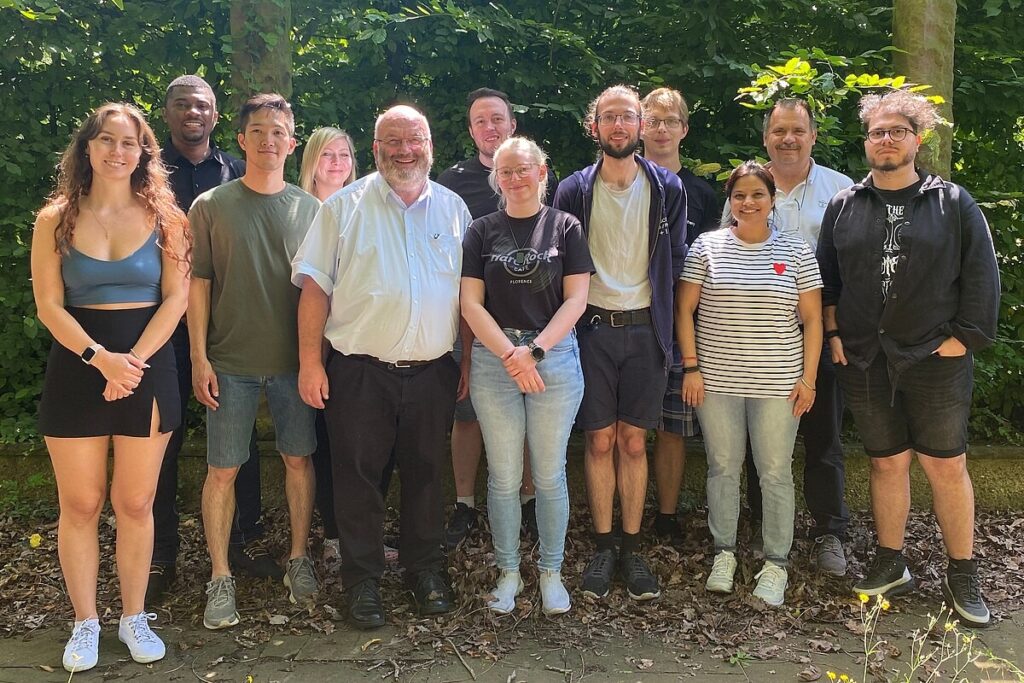
Which famous person would you like to have dinner with and why?
I would choose Edward Lorenz as my dinner companion. He is the father of chaos theory and the pioneer behind the butterfly effect concept. His groundbreaking work on turbulence and nonlinear systems has profoundly shaped our understanding of meteorology and the dynamics of weather patterns.
Unfortunately, this is impossible as he has passed away. However, discussing his insights on chaos theory and its implications for modern weather prediction and climate modelling would have been an inspiring and intellectually enriching experience.
Therefore, based on its relevance to my current research interests, I recommend Howard Bluestein, whose contributions to severe weather analysis and storm dynamics are equally fascinating.
Where would you like to travel next?
My next travel destinations include Scotland and the Faroe Islands. The artistic and atmospheric appeal of the gloomy autumn, the architecture of cities, and the winter weather in these regions fascinate me, offering a unique blend of inspiration and discovery.
Do you have a person who influences or motivates you?
Motivation comes from a collective force—my family’s endless support grounds me, with my brother, Ozgen Kilic, being the key figure who has significantly shaped my emotional intelligence. Additionally, my professors in academia and colleagues in the tech world inspire me with their dedication to critical thinking, innovation, and creating impactful solutions.
What did you dream of creating/inventing/doing as a child?
As a child, I dreamed of creating machines that could harness natural forces like wind and water to generate unlimited energy—an idea that continues to influence my career today.
I also had a telescope at a young age and was fascinated by observing and exploring the unknowns of the atmosphere and space. One of my most exciting moments was seeing Mars for the first time, even as a blurry image through a tiny lens. Back then, without modern conveniences like smartphone apps, I had to rely on more challenging methods to pinpoint its position in the sky. That experience deepened my curiosity and passion for discovery, which remains a driving force behind my work.

